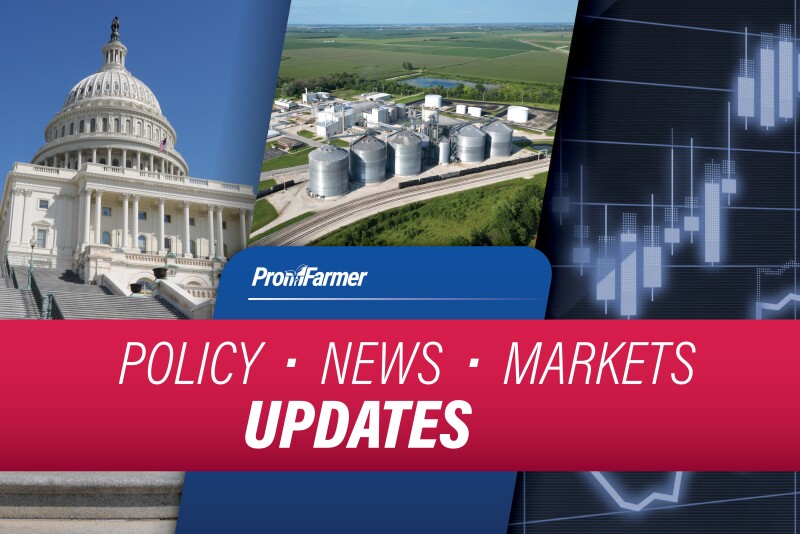Over $3 billion in farm aid to be released by USDA after shutdown freeze (The Wall Street Journal): The United States Department of Agriculture (USDA) is preparing to unlock more than $3 billion in assistance for American farmers that had been held up during the federal government shutdown. These funds — drawn from the Commodity Credit Corporation — were originally earmarked to help producers affected by plunging crop prices, soaring input costs and export disruptions tied to trade policies. With county offices reopening for core functions such as loan processing and commodity program payments, farmers may soon regain access to vital support.
However, the announcement comes with caveats. The shutdown has delayed not just the aid payments but also farm‑service operations, threatening timely access during harvest and leaving many farmers scrambling to meet bills and rents. While the plan signals relief, many producers are still watching for the details — including eligibility, timelines and whether more substantial aid (proposals hint at $10 billion or more) will follow.
States push to limit SNAP purchases of junk food, opening door for fresh produce demand (Agri-Pulse): A growing number of states are pushing to restrict what SNAP (food stamp) benefits can be used to buy—specifically aiming to ban sugary drinks, candy, and other highly processed foods. This movement is gaining traction under the “Make America Healthy Again” (MAHA) initiative, which seeks to improve public health by steering low-income consumers toward more nutritious choices. Several states have already submitted waiver requests to USDA, each proposing different definitions and scopes of restricted foods. For example, some target all sweetened beverages, while others focus on specific candies or processed items.
For farmers—particularly fruit and vegetable growers—this trend could open new market opportunities if SNAP recipients are encouraged or incentivized to buy more whole, unprocessed foods. However, critics argue these restrictions could reduce overall participation in SNAP, hurting both low-income families and food retailers. There’s also concern that these rules could mirror WIC’s challenges, where overregulation led to reduced program use. As policy evolves, agriculture stakeholders may want to engage in the discussion to ensure that any changes support both public health and the broader food economy.

